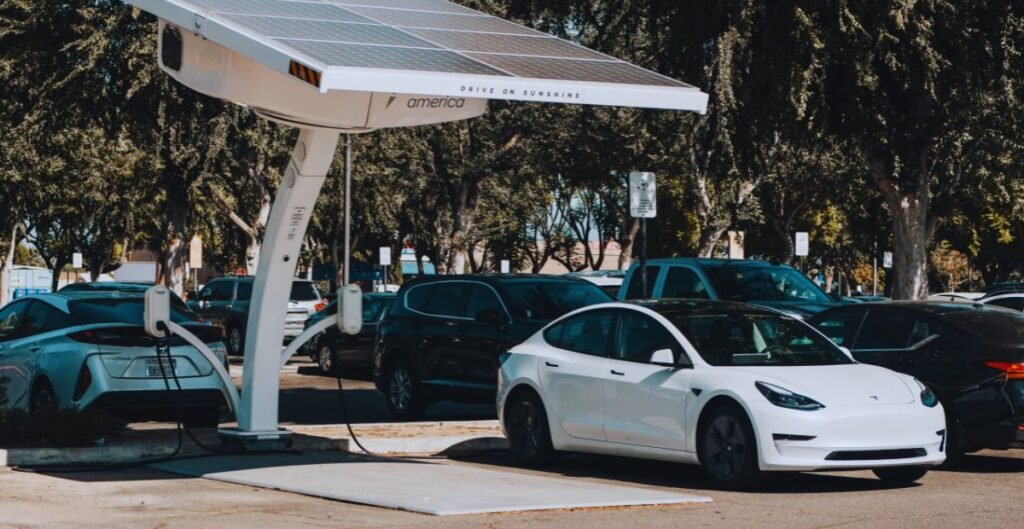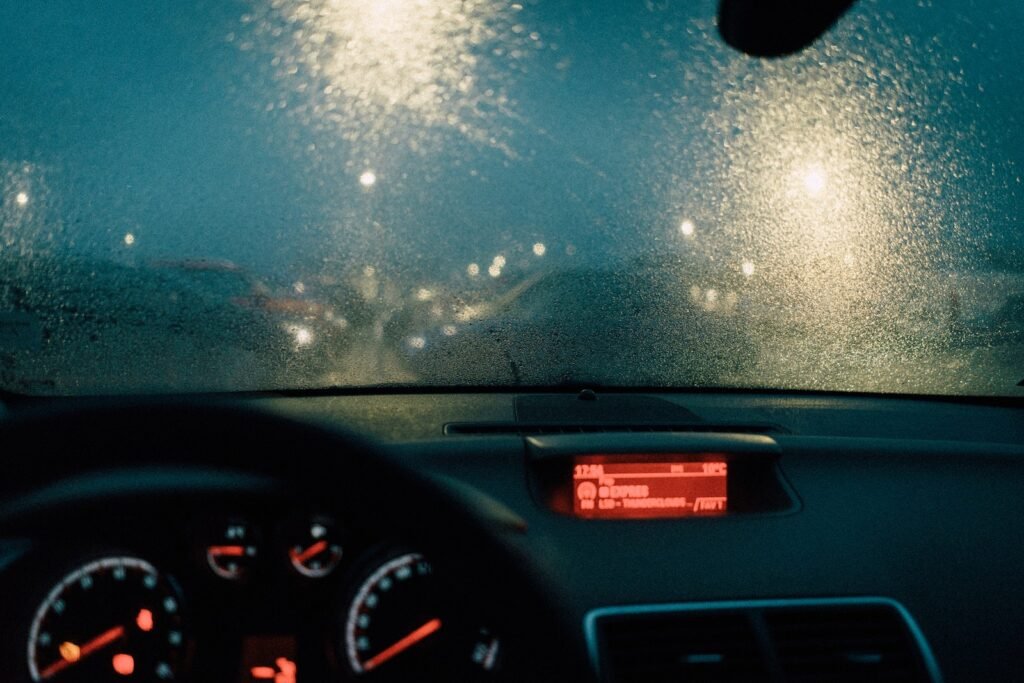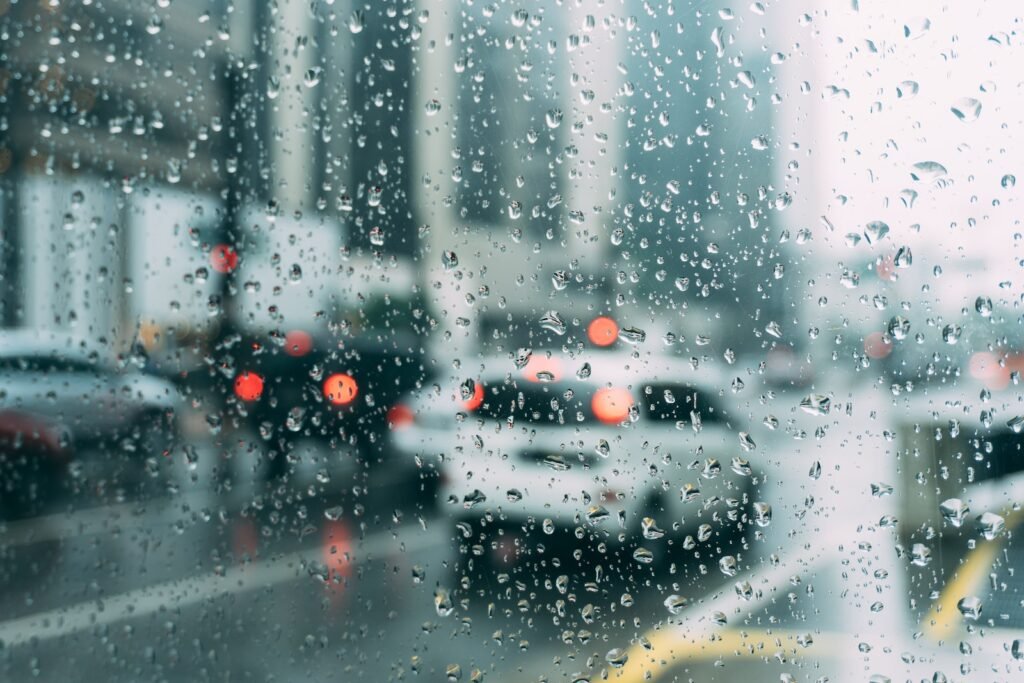Top 6 Safety Tips How can you charge a Tesla in the Rain?
Electric vehicles (EVs) are changing the way we think about driving. They offer a cleaner, more sustainable alternative to traditional gasoline-powered cars.
Tesla is one of the most well-known brands in the EV market. It is known for its cutting-edge technology and dedication to expanding the capabilities of electric vehicles. However, there’s one question that often comes up: can you charge a Tesla in the rain?
The short answer is yes, you can. Charging your Tesla in the rain is not only possible but safe and convenient when you follow some essential guidelines. In this blog post, we’ll explore why charging in the rain is not an issue, and we’ll provide you with some valuable tips to make the process smooth and worry-free.
Understanding Tesla Charging in Rainy Conditions
If you own a Tesla electric car and need to charge it on a rainy day, there are some important things to know to ensure safety and efficiency. Here, we’ll explain the basics in simple terms.
Charging Safety Measures:
| 1 | Keep It Dry: First and foremost, make sure the area around your Tesla’s charging port is dry. The electrical connections or the charging port shouldn’t be accessible to rainwater. They could be dangerous and possibly harm your automobile if they become wet. |
| 2 | Use Tesla Superchargers: Tesla has special charging stations called Superchargers. They are made to withstand several types of weather, including rain. These are a safe choice for rainy-day charging. |
| 3 | Watch for Puddles: When parking your Tesla for charging, avoid places with large puddles or standing water. Water splashing onto the charging port can be problematic. So, park in a dry spot. |
| 4 | Regular Checks: While your car is charging, it’s a good idea to check on it from time to time. Make sure everything is working correctly. If you see any issues, stop the charging process and address the problem. |

Rainproof Tesla Chargers:
Tesla has designed its chargers to be safe in wet conditions. These chargers are built with weatherproof materials, meaning they can handle rain without any trouble. Just make sure the charger’s plug and cable are dry before connecting them to your car.
Rainproof Tesla Adapters:
In case you need to use an adapter to connect your Tesla to a non-Tesla charging station, it’s important to ensure the adapter is also rainproof. Tesla provides adapters that are designed to withstand rain and keep your charging process safe.
In summary, charging your Tesla on a rainy day is generally safe as long as you follow some precautions. Keep everything dry, use Tesla Superchargers when possible, and make sure any adapters you use are rainproof. Safety should always be the top priority when charging your Tesla, rain or shine.
Charging a Tesla at Home in the Rain
Charging your Tesla at home when it’s raining is usually not a problem. Here’s how you can do it safely:
- Tesla Wall Connector: A Tesla Wall Connector that is put in your house is made to be secure in all kinds of weather, including rain. Make sure your wall connector is appropriately placed and weatherproof.
- Keep the Charging Port Dry: Before plugging in your Tesla, make sure the charging port on your car and the connector on the charging cable are dry. Wipe them with a cloth if they’re wet to prevent water from getting inside.
- Avoid Water Puddles: When parking your Tesla for charging, try to avoid parking in areas with big puddles or standing water. This can help prevent water from splashing onto the charging port.
- Monitor the Charging: While your Tesla is charging, keep an eye on it. Check the charging progress on your Tesla’s screen to make sure everything is working correctly. If you notice any issues, stop the charging process and address the problem.
Using a Tesla Wall Connector:
A Tesla Wall Connector is a special charger you can have installed at your home to charge your Tesla faster. Here’s how it works in the rain:
- Safety First: Ensure that your Wall Connector installation follows safety guidelines and local electrical codes. This ensures it’s safe to use in all weather conditions.
- Dry Connectors: Before plugging in your Tesla, make sure both the charging port on your car and the connector on the Wall Connector cable are dry.
- Charge as Usual: Once everything is dry and safe, plug in your Tesla as you normally would. The Wall Connector is designed to work well even in the rain.
Charging with a Mobile Connector:
The Mobile Connector is a portable charger that comes with your Tesla. Here’s how to use it in the rain:
- Dry Connectors: As always, ensure that the connectors on the Mobile Connector and your car are dry before plugging in.
- Use a Dry Area: If possible, charge your Tesla in a sheltered or covered area to protect the Mobile Connector from rain.
- Monitor Charging: Keep an eye on the charging process and make sure there are no issues. If you see any problems, stop charging and address them.
Charging at a Destination Charger:
Destination Chargers are charging stations you can find at hotels, restaurants, and other places. They are designed to be safe in different weather conditions:
- Park Under Cover: If the Destination Charger is under a roof or in a covered area, it’s a good idea to park there to keep your Tesla and the charger dry.
- Check for Water: Before plugging in, check for any water around the charging connectors. Make sure everything is dry.
- Charge as Usual: If everything looks safe, plug in your Tesla and charge it like you normally would. Destination Chargers are built to handle rain and other weather conditions.
In summary, charging your Tesla at home or at a Destination Charger in the rain is usually safe as long as you follow some basic precautions.
Keep the connectors dry, avoid puddles, and monitor the charging process to ensure everything goes smoothly. Tesla’s charging equipment is designed to work well in various weather conditions, including rain.
6 Tesla Charger Safety in Wet Weather
1. Tesla’s High Charging Voltage:
When you charge your Tesla, it needs a lot of electricity to fill its battery. This electricity comes at a higher voltage, which can be dangerous if things go wrong. But don’t worry, Tesla’s charging equipment is made to be safe. It’s designed to handle this high voltage and keep you safe while charging, even in the rain.
2. Charging Outdoors for Extended Periods:
Sometimes, you might need to charge your Tesla outdoors for a long time, like when you’re on a road trip. That’s okay too. Tesla’s chargers are built to work outside, even in the rain. Just make sure you’re using the right kind of outlet and cable, and you should be good to go.
3. Prolonging Battery Life and Charging:
Your Tesla’s battery is like a big, rechargeable battery in your phone. To make it last a long time, it’s best not to charge it all the way to 100% or let it get too empty.
Think of it like filling a glass of water – you don’t need to fill it to the top every time. Charging to around 80% is usually enough for daily use, and it can help your battery stay healthier for longer.
4. Charging Port Maintenance:
Your Tesla has a special place where you plug in the charger, called the charging port. It’s essential to keep this part dry and clean. Before you plug in the charger, make sure there’s no water on it.
If it’s wet, wipe it dry with a clean cloth. Keeping it clean and dry helps keep everything safe during charging.
5. Charging in Flooding Conditions:
Sometimes, there might be a lot of water around, like during heavy rain or flooding. It’s best not to charge your Tesla in these extreme conditions.
Water and electricity don’t mix well. If you’re in an area with lots of water on the ground, it’s better to wait for better weather or find a safe and dry place to charge your Tesla.
So, in simple terms, charging your Tesla in the rain is usually safe, thanks to Tesla’s safety features. Just remember to keep your charging port dry, don’t charge to 100% every day, and avoid charging in extreme flooding conditions. These simple precautions can help you charge your Tesla safely and keep its battery healthy.

Additional Considerations
When it comes to charging your Tesla electric car, there are some extra things to think about. These include:
Charging During a Thunderstorm
If there’s a thunderstorm, it’s usually a good idea to avoid charging your Tesla. Lightning can be dangerous, and it’s best to stay safe. Charging your car during a storm can put your car’s electrical system at risk, so it’s better to wait until the weather clears up.
Safety Tips for Charging in Severe Weather
During bad weather, like heavy rain or snow, make sure your charging equipment and outlets are safe from the elements. Keep your charging port dry, and avoid puddles and standing water around your car. If you notice any issues while charging, stop and get them fixed.
Effect of Cold Weather on EV Charging
Cold weather can affect how quickly your Tesla charges. Batteries don’t work as well in extreme cold, so it might take longer to charge your car. Keep this in mind, especially in freezing temperatures.
Safe Charging in a Garage
If you’re charging your Tesla in a garage, make sure the space is well-ventilated. Electric cars produce heat while charging, and good ventilation helps keep the air clean and safe to breathe. It’s also crucial to keep the charging area free from clutter to prevent accidents.
Why Tesla Owners Tap the Charger
Sometimes, Tesla owners tap or touch the charging cable before connecting it to their car. They do this to check for any static electricity or sparks. It’s a safety measure to make sure there are no electrical problems that could be dangerous.
In summary, when charging your Tesla, be careful during thunderstorms, take extra safety measures in severe weather, be aware that cold weather can affect charging, keep your garage well-ventilated, and tap the charger for safety before connecting it. These considerations will help you charge your Tesla safely and efficiently.
6 Tips for Charging in Wet Weather
While charging your Tesla in the rain is safe, there are some precautions and tips to ensure a hassle-free experience:
- Use a Weatherproof Outlet or Charger: If you’re charging at home, make sure your charging equipment is properly installed and weatherproof to protect it from moisture.
- Keep the Charging Port Dry: Before connecting the charging cable to your Tesla, ensure that both the charging port on the vehicle and the connector on the cable are dry. Wipe them clean if necessary to prevent water from entering the charging port.
- Avoid Puddles and Standing Water: Position your Tesla away from puddles or standing water while charging to prevent splashing onto the charging port or the connector.
- Use Tesla Superchargers and Destination Chargers: Tesla’s Supercharger stations and Destination Chargers are designed to be weather-resistant, offering a safe and reliable charging experience, even in adverse weather conditions.
- Monitor Charging Progress: Periodically check the charging status while your Tesla is charging to ensure everything is functioning correctly. If you notice any issues or interruptions, stop charging and address the problem.
- Consider a Charging Port Cover: Some Tesla owners use charging port covers or caps designed to keep water out of the port when it’s not in use. These can be useful in heavy rain or when storing your vehicle outdoors.
FAQs about whether can you charge a Tesla in the rain
Can Tesla charging get wet?
Yes, Tesla charging in the rain is safe due to built-in safety features. However, precautions include checking the charging port and cable for damage, not using a Tesla Mobile Connector in wet weather, and securely fastening the cover on a Wall Connector.
Does weather affect Tesla charging?
Yes, weather conditions can impact Tesla charging, with cold temperatures reducing battery performance and slowing charging times. High temperatures can cause slower charging due to heat generated during the charging process.
Rain and snow can also affect Supercharger performance, but not as significantly as temperature. Moisture can damage electrical equipment and potentially cause malfunctions. Tesla compensates by reducing charging rates to prevent damage.
Can I charge my Tesla 3 in the rain?
Yes, Tesla 3 charging is safe in rain, but precautions are necessary. Check the charging port and cable for damage and avoid using the Tesla Mobile Connector in wet weather. Tesla compensates by reducing charging rates to prevent battery damage.
Cold temperatures can reduce battery performance, while high temperatures can cause slower charging due to heat generated during the charging process. Rain and snow can also affect Supercharger performance, but moisture can cause damage and malfunctions.
Is it safe to charge Tesla in the rain Reddit?
Tesla charging is safe in rain, as the charging port is designed for all weather conditions. However, precautions include checking the charging port and cable for damage, not using a Tesla Mobile Connector in wet weather, and securely fastening the cover for Wall Connectors.
Weather conditions can affect Tesla charging, with cold temperatures reducing battery performance and high temperatures causing slower charging times. Rain and snow can also affect Supercharger performance, but not as significantly as temperature.
Is it safe to charge an electric car in the rain?
Electric cars are safe to charge in rain due to their waterproof cables and safety measures. However, weather conditions can affect battery performance, with cold temperatures reducing battery capacity and slowing charging times. High temperatures can also cause slower charging due to heat generated during the charging process.
Rain and snow can also affect Supercharger performance, but not as significantly as temperature. Moisture can damage electrical equipment and potentially cause malfunctions. Therefore, it’s crucial to consider these factors when charging an electric car in wet weather.
Are Teslas fully waterproof?
Tesla cars are designed to be waterproof, with sealed doors, windows, hoods, trunks, battery packs, and motors. Model S has a “boat mode” feature, allowing short water driving. However, Tesla’s warranty doesn’t cover flood or wading damages.

Conclusion
In conclusion, the question of whether you can charge a Tesla in the rain is a common concern for Tesla owners and those considering electric cars. Fortunately, Tesla’s charging infrastructure and electric vehicle design are well-equipped to handle rainy conditions safely. Charging in the rain is generally not a problem, as long as you follow some essential safety precautions.
This ensures both the longevity of your Tesla and your safety during the process. So, don’t let a little rain discourage you from charging your Tesla – it’s designed to be versatile and reliable, even when the weather isn’t ideal. Embrace the convenience of electric cars, rain or shine, and continue to enjoy the benefits of clean and efficient transportation.
